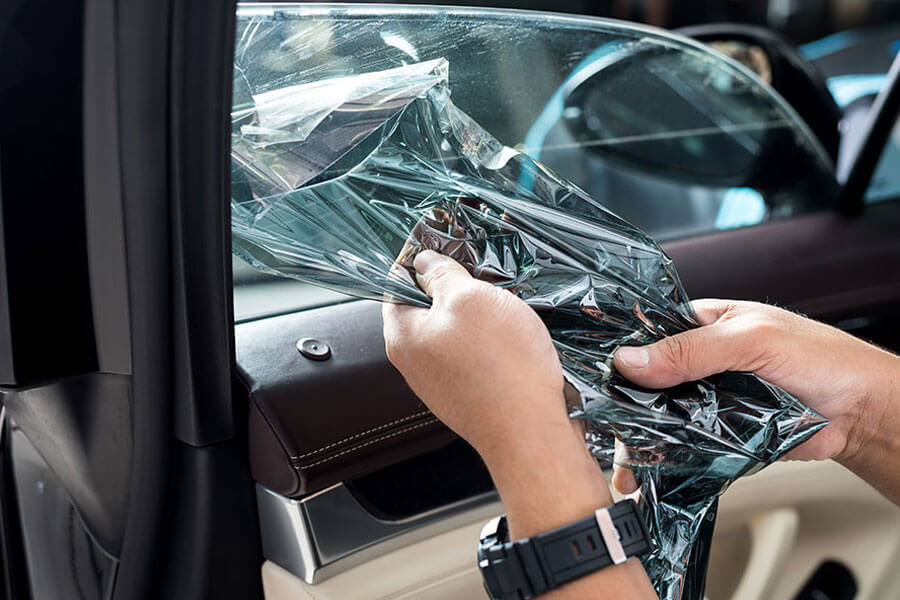Whether it’s making your car look sleeker, your interior cooler, or upholding privacy within your car, window tints come with many great benefits. Many things go into choosing the best tint for your vehicle, such as the material, colors, and location. However, the tint level is the most significant factor that needs to be determined before moving forward with a car window tint installation .
The window tint level dictates the darkness of your window tint. This can impact your driving experience and is subject to your state’s local regulations.
What Are Tint Levels?
Officially, tint levels are defined by the window’s Visible Light Transmission (VLT). This measurement is a practical way to determine the percentage of light that gets through the film. In short, the lower the percentage, the darker the tint.
Overall, tint levels are measured as a percentage ranging from 5% to 90%, with 5% being the darkest and 90% the lightest. While car window tint levels can go down to 5%, tints this dark are prohibited in every state.
How are Tint Levels Calculated?
While we offer window tint removal , some customers may want to apply film to an already tinted window. When applying tints to a transparent window, the overall VLT will equal the tint level. However, determining the final window tint levels is slightly more involved when applying a new tint on an already tinted window.
In such a situation, you’ll need to multiply the percentages of both the existing and the additional tint. For example, when adding a 30% tint to a 70% tint, you’d multiply 0.30 x 0.70. The final tint level would be 21%.
Ensuring the final tint level is still above your local regulations when overlaying tints is essential.
heat levels
It’s important to know that there is more to cooling your interior than simply having a dark tint. Just because a window is dark doesn’t mean it will do well with heat reflection. While darker tint levels will reflect some sunlight and heat, the composition of the layers can play an even more significant role in cooling.
Ceramic window tints are a new technology capable of rejecting solar heat at incredible rates. A light 70% ceramic tint level can reflect as much heat as a nearly opaque 5% VLT traditional film.
Ceramic film will be incredibly beneficial if you simply want to beat the heat but don’t want your tint level to be a hassle in low-light driving.
Legal Tint Levels In Massachusetts
Your local state laws regulate the legal tint level. With each state having different tint level limits and regulations, it’s essential to familiarize yourself with the rules. The regulations for Massachusetts drivers are as follows:
- windshield. A non-reflective tint is allowed along the top six inches of the windshield.
- Front Side Windows. The legal limit for tint level on the front side windows is 35% VLT.
- Back Side Windows. The legal limit for tint level on the back side windows is 35% VLT.
- Rear Window. The legal limit for tints on the back window of a car is 35% VLT. However, vehicles such as SUVs and minivans allow for 20% VLT.
There are a handful of exceptions to these limits, allowing for darker tint levels, but they are mostly limited to medical exemptions.








